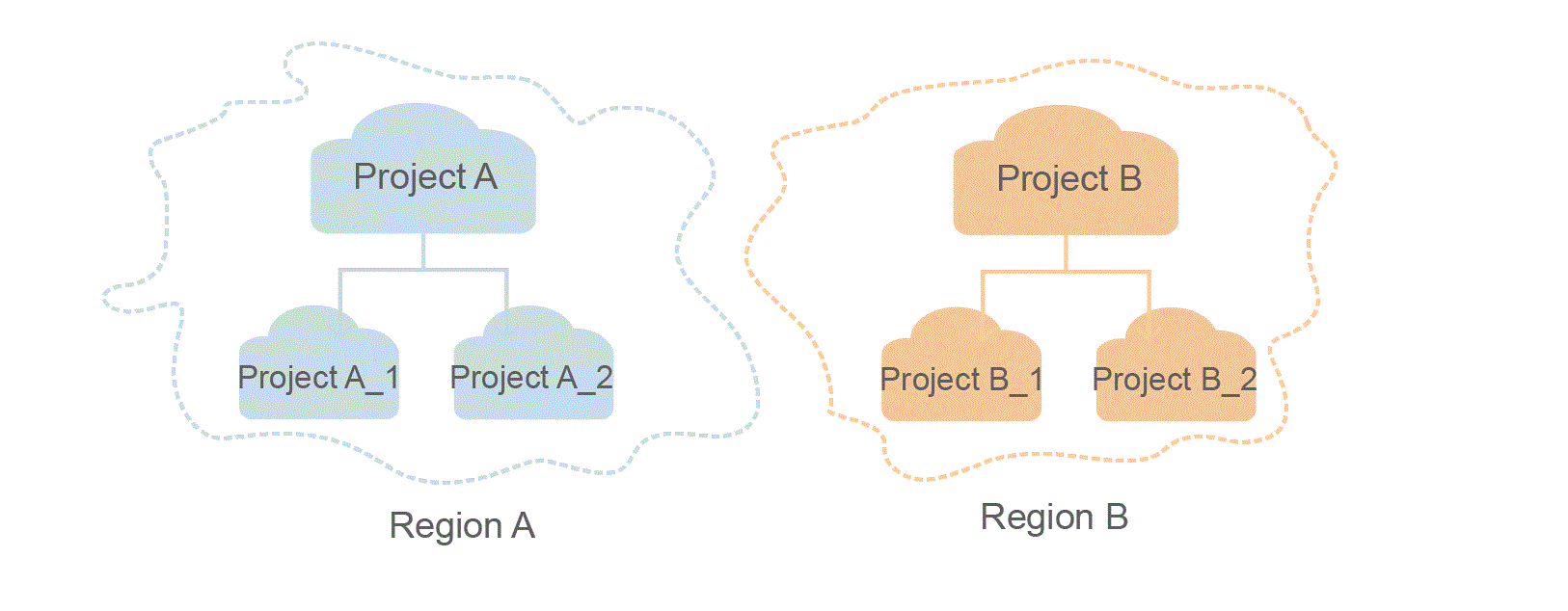Before You Start
Welcome to ServiceStage. ServiceStage is an application management and O&M platform that lets you deploy, roll out, monitor, and maintain applications all in one place. It supports technology stacks such as Java, PHP, Python, Node.js, Docker, and Tomcat, and supports microservice applications such as Apache ServiceComb Java Chassis (Java chassis) and Spring Cloud, making it easier to migrate enterprise applications to the cloud.
This document describes how to use application programming interfaces (APIs) to perform operations on ServiceStage, such as managing environments, applications, and components. For details about all supported operations, see API Overview.
Before calling ServiceStage APIs, ensure that you are familiar with the concepts related to ServiceStage. For details, see What Is ServiceStage?.
In addition, ServiceStage provides enhanced APIs of Cloud Service Engine (CSE). For details, see CSE APIs. To use native CSE APIs, see ServiceComb APIs.
Endpoints
An endpoint is the request address for calling an API. Endpoints vary depending on services and regions. For the endpoints of ServiceStage, see Regions and Endpoints.
Concepts
- Account
An account is created upon successful registration with the cloud platform. The account has full access permissions for all of its cloud services and resources. It can be used to reset user passwords and grant user permissions. The account is a payment entity and should not be used directly to perform routine management. For security purposes, create Identity and Access Management (IAM) users and grant them permissions for routine management.
- User
A user is created in Identity and Access Management (IAM) to use cloud services. Each user has its own identity credentials (password and access keys).
An IAM user can view the account ID and user ID on the My Credentials page of the console. The account name, username, and password will be required for API authentication.
- Region
Regions are divided from the dimensions of geographical location and network latency. Public services, such as Elastic Cloud Server (ECS), Elastic Volume Service (EVS), Virtual Private Cloud (VPC), Elastic IP (EIP), and Image Management Service (IMS), are shared within the same region. Regions are classified into universal and dedicated regions. A universal region provides universal cloud services for common tenants. A dedicated region provides specific services for specific tenants.
For details, see Region and AZ.
- AZ
An availability zone (AZ) comprises one or more physical data centers equipped with independent ventilation, fire, water, and electricity facilities. Compute, network, storage, and other resources in an AZ are logically divided into multiple clusters. AZs within a region are interconnected using high-speed optical fibers to support cross-AZ high-availability systems.
- Project
Projects group and isolate resources (including compute, storage, and network resources) across physical regions. A default project is provided for each region, and subprojects can be created under each default project. Users can be granted permissions to access all resources in a specific project. If you need more refined access control, you can create subprojects under a default project and purchase resources in subprojects. Then you can assign required permissions for users to access only the resources in specific subprojects.
Figure 1 Project isolating model
You can view the project ID on the My Credentials page.
- Enterprise project
Enterprise projects group and manage resources across regions. Resources in enterprise projects are logically isolated. An enterprise project can contain resources of multiple regions, and resources can be added to or removed from enterprise projects.
For details about how to obtain the enterprise project ID and features, see Enterprise Management User Guide.
Feedback
Was this page helpful?
Provide feedbackThank you very much for your feedback. We will continue working to improve the documentation.See the reply and handling status in My Cloud VOC.
For any further questions, feel free to contact us through the chatbot.
Chatbot





